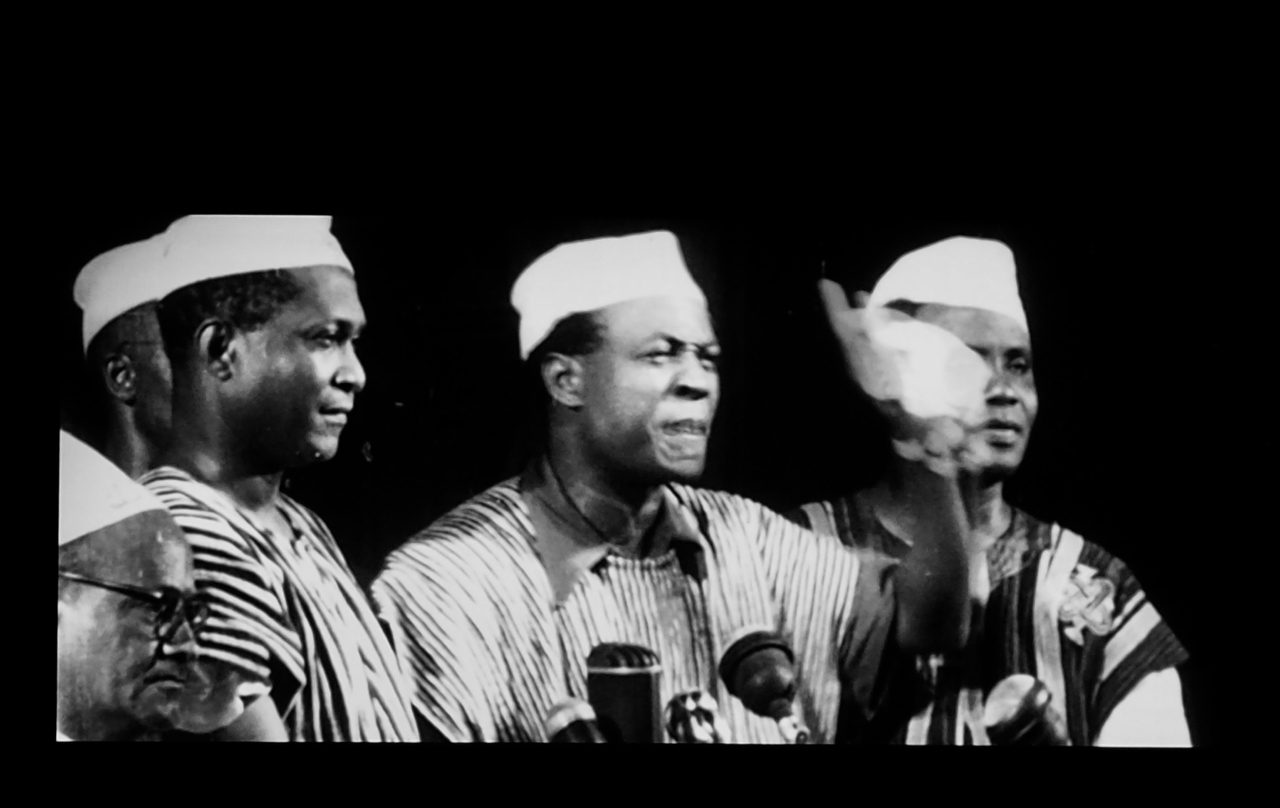Tag: museums
-

Face Forward
In transfigured night, hear the poet Milton sing “Hail, horrors, hail.” In this disjuncture, in the break and in the wake, the voice of Kwame Nkrumah comes: “We face neither East nor West, we face forward.” We, the would-be decolonized, was his formula in that betrayed beginning of Bandung, whose spirit continues to inspire. His…